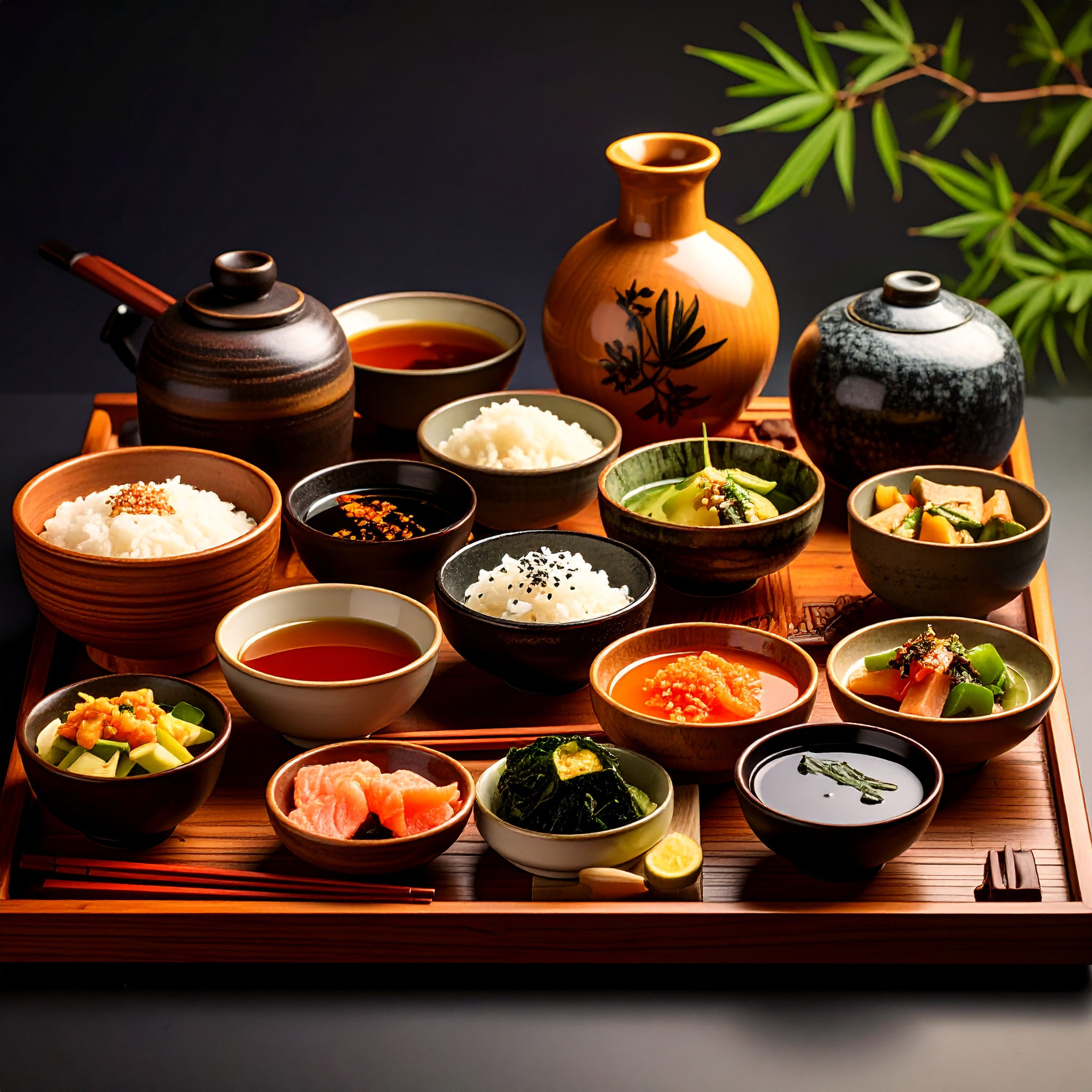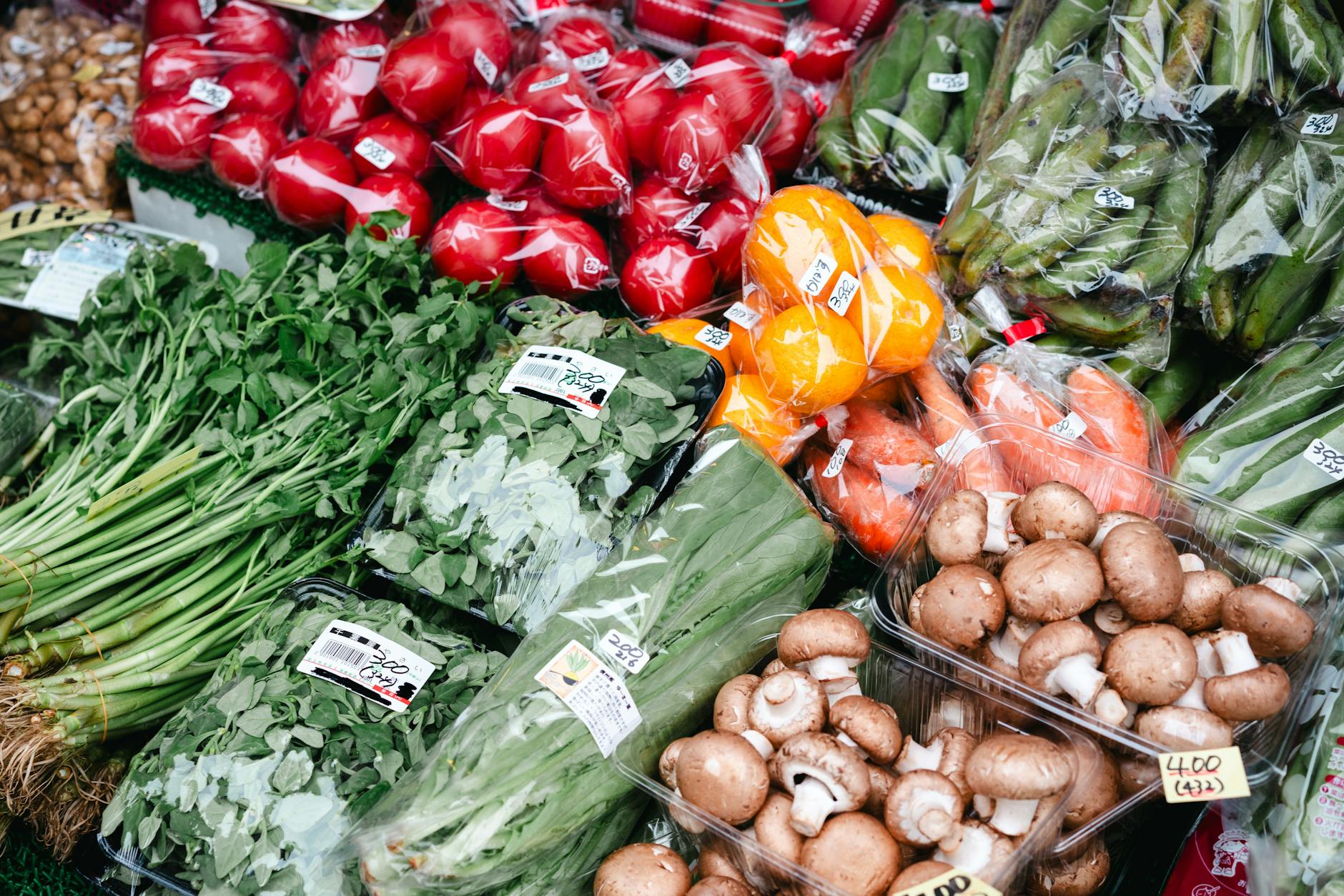Nestled in the northern reaches of the Japanese archipelago, Akita is a region shaped by lush nature and harsh winters, fostering a distinctive culinary culture. One of the preservation techniques that evolved to withstand long, freezing months is fermentation—and today, Akita’s methodical techniques and flavors draw attention from both domestic and global connoisseurs. Miso, soy sauce, pickles, koji, sake… Yet the true embodiment of Akita’s terroir is the smoked fermented radish known as iburi‑gakko.
In Akita’s mountainous areas, heavy snowfall once ruled out sun‑drying vegetables during winter. This led to the ingenious idea of smoke‑drying turnips over an irori hearth, then fermenting them in rice koji and bran. This process not only enhanced shelf life but also infused the radish with a toasty, layered flavor—thus was born the pickled delight called iburi‑gakko.
In the local dialect, gakko means “pickles.” So, iburi‑gakko literally translates to “smoked pickles”—an ode to regional identity and tradition, and today, a signature fermented food of Akita.
Iburi‑gakko’s appeal lies first in its unique aroma and texture. Its smoky intensity mingles with koji‑fermentation’s gentle tang and an umami depth born of time. The crisp bite releases wave upon wave of flavor. While traditionally served with rice, iburi‑gakko has found new life alongside sake, wine, cheese, and in contemporary fusion cuisine—cherished by chefs across Japanese and Western kitchens alike.

Akita’s famed iburi‑gakko isn’t merely a survival food—it’s a tribute to how land and people co‑create flavor. This delicacy perfectly embodies the modern concept of local terroir.
The term terroir—rooted in the world of wine—refers to the climate, terrain, and soil that shape a crop’s identity. Today, the meaning has broadened to include not just the natural environment but also local culture, history, and the wisdom embedded in traditional craftsmanship: the harmonious whole of a region’s taste.
Iburi‑gakko exemplifies this beautifully. Because hearths (irori) once formed the heart of daily life, smoking became part of everyday cooking. Winter’s severity inspired preservation methods. Rice cultivation and a culture rich in nukazuke (fermented-bran pickles) provided the perfect soil for fermentation to flourish. In other words, iburi‑gakko didn’t just happen—it was destined to arise here.
What’s more, each household offers its own flavor story. Their “own pickles” differ based on the wood used, smoking duration, salt level in the bran bed, and fermentation time. Every batch carries the maker’s intuition. This is fermentation as living craft—a singular taste born from the collaboration of artisan and land—void of industrial uniformity.
Today, while iburi‑gakko is available nationwide as a packaged delicacy or regional gift, nothing compares to tasting it at its source. In Akita, you can encounter pickles that breathe with the warmth of handcrafting and the air of the region—an experience that cannot be replicated elsewhere.

Iburi‑gakko offers more than flavor—it invites a renewal of our bond with the land. Unlike mass‑produced items available everywhere, it holds value precisely because it exists in one place, born of its environment. In an age dominated by convenience and scale, the resurgence of interest in “labor‑intensive, rooted foods” signals a deeper reevaluation of what truly matters on our plates.
This ethos is supported by Akita Prefecture’s broader fermentation heritage—spanning miso, pickles, narezushi (aged fish), fermented beverages, and amazake. In a region defined by harsh winters, locals developed profound fermentation wisdom and sensory depth that now draws attention from researchers at home and abroad.
Iburi-gakko stands as a crystalline expression of local terroir—where climate, daily life, traditional tools, and the memory of its makers converge. To taste it is to experience more than flavor; it is to encounter the memory of a place, its cultural narrative, and the quiet persistence of human craftsmanship.
The wisdom born to endure Akita’s harsh winters now graces the modern table, engaging in a quiet dialogue with culinary traditions across Japan and around the globe. It gently reminds us that the future of food lies not only in innovation, but in the time-honored practices nurtured by land and people.




